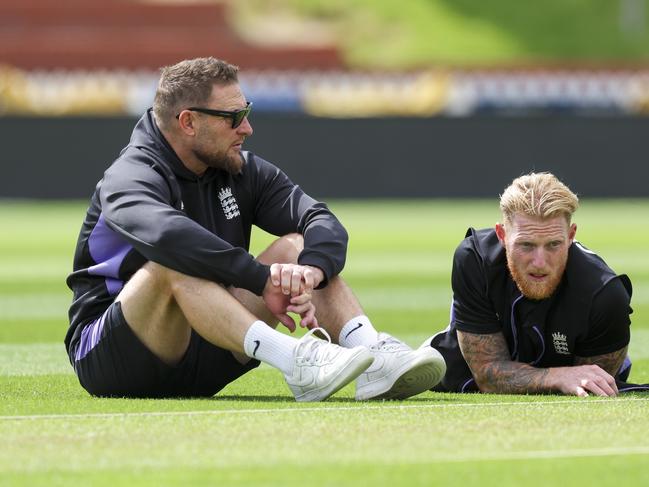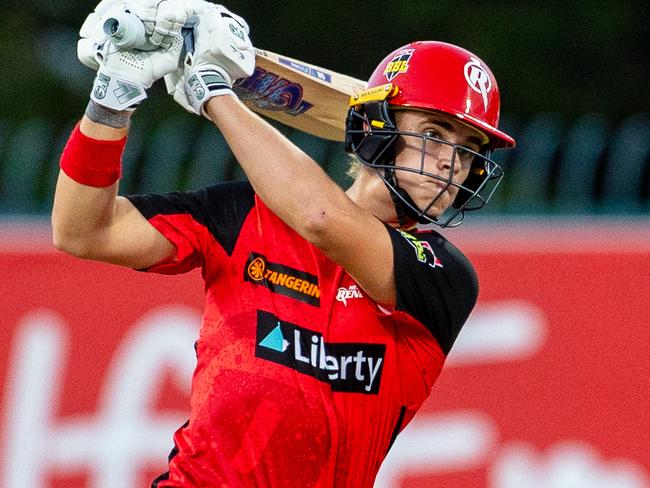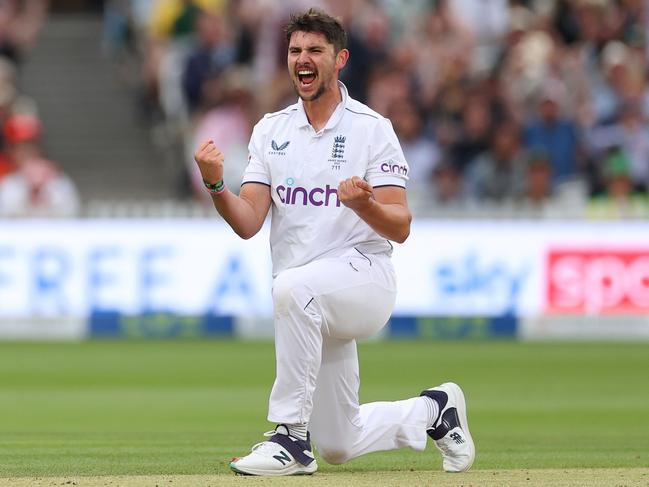England’s data-driven approach to Test cricket selection ahead of Ashes
The only thing more surprising than England’s cricket under Ben Stokes and Brendon McCullum, has been their selections in the same period. But there’s a method behind the madness.

Cricket
Don't miss out on the headlines from Cricket. Followed categories will be added to My News.
Three years ago this week Ben Stokes was appointed England’s Test captain. A fortnight later Brendon McCullum joined as the team’s head coach. They had little or no previous experience in their roles. Perhaps this contributed to the adventurousness with which they have approached things since.
Almost half of the players brought into the side on their watch have themselves been tyros, with fewer than 25 first-class appearances at the time of selection. Some, such as Rehan Ahmed and Shoaib Bashir, had barely played at all.
More such picks could be on the way. Sonny Baker, the young Hampshire fast bowler, has played only two County Championship games but is under discussion for the Zimbabwe Test in May and is on the radar for the winter’s Ashes tour. Ben McKinney, the Durham opener, is exciting the right people.
Hardly surprisingly, there is a widespread suspicion that gut instinct has replaced the traditional currencies of runs and wickets. Stokes saw some clips of Bashir bowling for Somerset and liked the look of him. Josh Hull was picked last summer chiefly because he was a tall left-armer; his championship record was 11 wickets at 84.54.

Jacob Bethell was selected to bat No 3 in England’s most recent series in New Zealand having never scored a first-class century, but made a sufficiently good impression that possibly only his absence at the IPL will keep Ollie Pope in the side against Zimbabwe. Bethell has so far been warming the bench for Royal Challengers Bangalore but there are no plans for him to return before the end of the tournament.
England’s approach to selection, which is finalised by Rob Key, the managing director of men’s cricket, in conjunction with Stokes and McCullum, leaves some judges baffled, because of the in-form players that are overlooked and the out-of-form players with whom faith is kept.
In reality there is more method and science behind many decisions taken by Key’s panel than is generally apparent. Analytics help to identify players who will be scrutinised by scouts and the full-time selector, Luke Wright. Stafford Murray, the ECB’s head of analytics, calls it “amplifying the philosophy already in the dressing room”.

If Zak Crawley retains his place as opener, as he is expected to despite scoring only 52 runs in six innings in New Zealand, it may well be best explained by “impact data”. Crawley has, in the past, contributed meaningfully to a number of Test victories. Also, some of his best performances have come against India and Australia.
In fact, a sure sign that analytics have played a part in England’s thinking is precisely because they have made so many left-field picks.
Hence, Bashir and Tom Hartley being picked for the tour to India last year. Both were tall and had high release points (2.35 metres in each case) which, evidence suggested, was important in Indian conditions. Similarly, Josh Tongue owed his initial selection in 2023 to his ability to maintain pace throughout three spells a day, a requirement that found many county bowlers wanting. Fit again after missing last season through injury, he looks sure of a recall.

Since England started applying more science to selection in 2018 they have tended to pick much younger and much less experienced players than before.
There have been tensions. England’s planning for Australia began in early 2024 and directly led to James Anderson being forced into retirement on the basis that Australia was a trip too far for someone who would be 43 years old. Murray also let it be known that some selections “might look a bit weird, [but] it’s with the 2025-26 Ashes in mind”.
Australian pitches have been greener, encouraging seam movement of the sort that has enabled Scott Boland – hardly a tearaway quick – to flourish, while spin has been less influential. Wright recently said that Sam Cook and Chris Woakes “are going to be massive going into Australia”. They are Anderson’s speed.
Cook’s likely debut against Zimbabwe is deserved after a long record of success with Essex. He would be an old-school pick.
It is just possible that England could select five seamers in their Test squad all aged under 28, in Gus Atkinson, Tongue, Cook, Matthew Potts and Baker. It would be unusual if that were the case, but very much a group in the Stokes-McCullum mould.
Originally published as England’s data-driven approach to Test cricket selection ahead of Ashes


